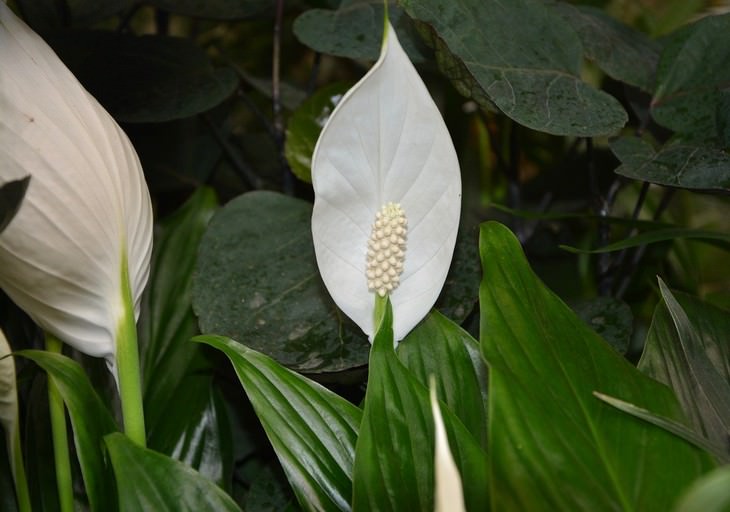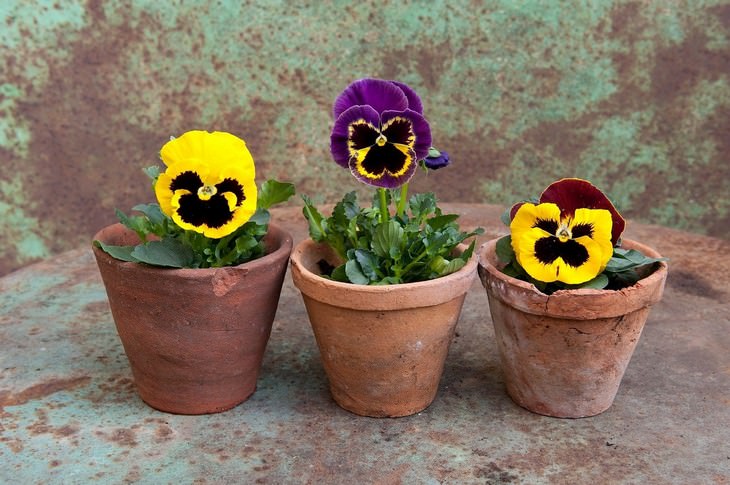Spring is a time of enjoyment with beautiful colors and outdoor activities, but for some people, it also brings allergy season. Pollen from plants can trigger allergies, making it difficult to enjoy nature and even plants at home. However, there are ways to turn your private space into a hypoallergenic paradise. We have discovered eight plant varieties that are recommended for growing and will keep allergies at bay.
1. Spathiphyllum:
The Septiphyllum is a plant with white and shiny petals, which seem to be delicate, but in fact, it is an incredibly durable and strong flower. It is a perennial flowering plant which means that it can be grown all year round. The Septiphyllum is suitable for growing both at home and in the garden and is considered a relatively easy flower to cultivate because it does not require much maintenance. The optimal growing environment for it is bright but without direct contact with the sun's rays. In terms of watering, make sure to give him water twice a week, and make sure his soil is moist, but not flooded. To maintain the shine of the leaves and their beauty, you can pass a damp cloth over them from time to time. The Septiphyllum, besides being a beautiful ornamental plant, also has hypoallergenic properties, because its pollination process is carried out by bees. This means that its pollen does not float in the air but is transferred in a controlled manner from flower to flower.
2. Begonia:
he begonia has its origins in various tropical regions across South America and South Asia, and needs warm and consistent temperatures to thrive. While it can be grown indoors, it should be placed in a well-lit area that is not exposed to direct sunlight, such as a shaded windowsill. When it comes to watering, it requires a moderate amount of water to maintain moist soil, but overwatering should be avoided as the plant is very sensitive to it and it may harm its growth. Following instructions is essential to prevent damage. All varieties of begonias are safe for people with allergies, as they do not release pollen into the air.
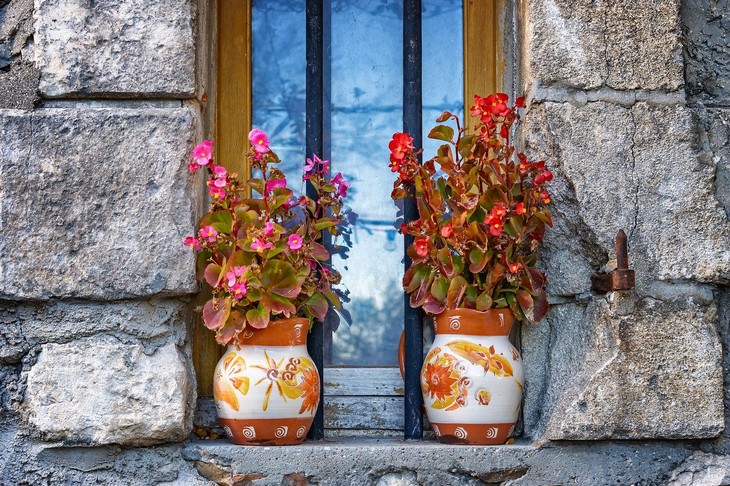
3. Snapdragon:
This type of plant belongs to the sedum family, which is characterized by herbaceous plants that boast diverse colors, such as white, red, pink, yellow and orange. The shape of the flower's head resembles an animal's mouth, hence its name. The plant cannot be grown indoors but is certainly able to give impressive iridescence to your garden. In terms of its growing conditions, it is a relatively comfortable plant - it grows well in the Middle Eastern climate (from temperate to desert), and blooms all year round, except in summer.
In terms of maintenance, the plant requires watering and care daily, and exposure to the sun which contributes to strengthening its stems and root system - therefore, planning its location in the home garden in advance is necessary. The Snapdragon is a friendly plant for allergy sufferers because it is characterized by closed buds, which prevent the dispersion of pollen in the air. Its buds are opened only by the external intervention of insects, such as bees, which help it reproduce by transferring the pollen from one flower to another.
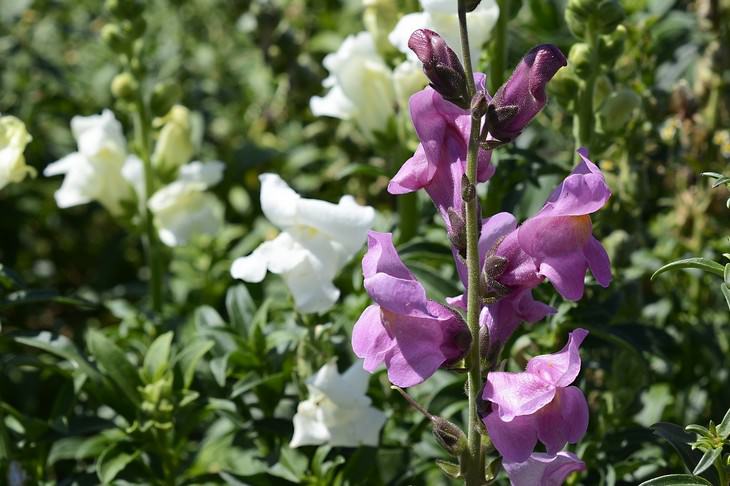
4. Tulip:
The tulip is a plant that is shaped like a cup and is a member of the lily family. It can be found in approximately 100 different species that grow in Europe, Asia, and America. When purchasing a tulip from a nearby nursery, you have two options: buying bulbs to be grown in your home garden or purchasing a mature pot for indoor cultivation. The bulbs look like small onions and will produce a colorful flower within weeks if properly cared for, including regular watering. On the other hand, a mature pot requires less maintenance and only needs about 17 mm of water per week and a well-lit environment. The tulip is also an ideal flower for individuals with allergies as it produces a small amount of pollen.
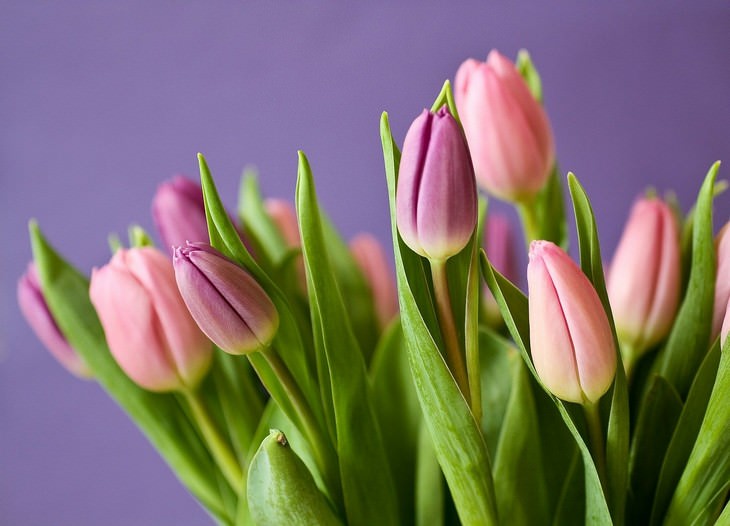
5. Rose:
The rose is one of the most common plants for home cultivation and it adorns almost every flower bouquet sold in nurseries, or found in stands that appear on the sides of the roads on Fridays. Today there are about 250 different species of roses, characterized by a variety of spectacular petals standing proudly on long, thorny stems. What makes the rose an ideal plant especially for allergy sufferers, is that the amount of pollen it scatters into the air is so small that it hardly triggers allergic reactions.
The rose cannot be grown inside the walls of the house, as it is a rather large bush, but it can certainly be grown in the yard, under several conditions. First of all, it is a shrub that loves the sun and you have to make sure that it gets a lot of it, a lack of sunlight may delay its flowering time, and even make it more vulnerable. Also, the bush requires a fairly large daily amount of water, reaching about 1.3 gallons (5 liters) in the summer. During the winter, watering it should not be neglected if necessary, according to the frequency and amount of rainfall. During spring, the rose bush produces its flowers, while it remains dormant throughout the winter.
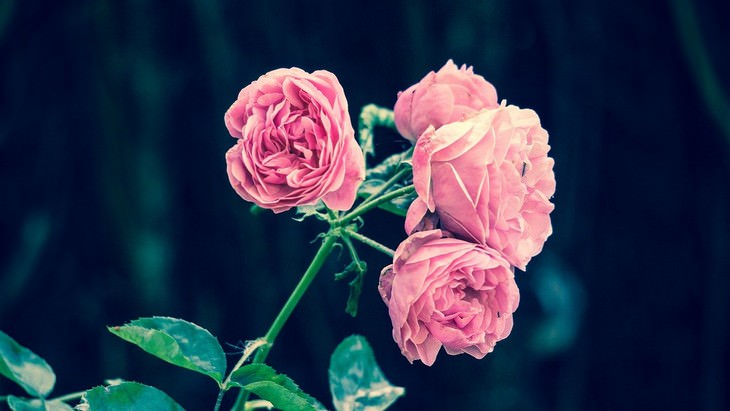
6. Gladiolus:
Gladiolus, a colorful and festive flower, grows mostly in South Africa and can reach a height of about 60 cm. It is suitable for home gardens and is typically sold as tubers from nurseries. Proper care requires following gardening instructions, including watering with about 2.5 m of water per week, with increased amounts needed during summer months. One benefit of the cypress plant is that it is suitable for people with allergies, as its pollination process is carried out by bees, which prevents pollen from being dispersed into the air.
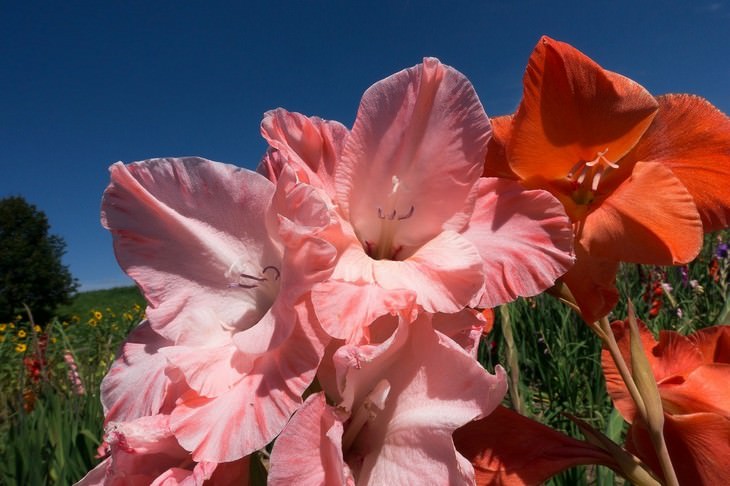
7. Cactus:
The cactus is a plant that represents the hot desert and the delicious saber fruit, also known as "sabers" in Israel. It is a thorny succulent that originates from American deserts and can be grown in gardens or indoors. The cactus is low maintenance and can survive with little watering in the summer and every three weeks to a month in the winter. Its unique beauty includes colorful spikes that can decorate any home or office. Additionally, the cactus is considered allergy-friendly due to its low pollen levels.
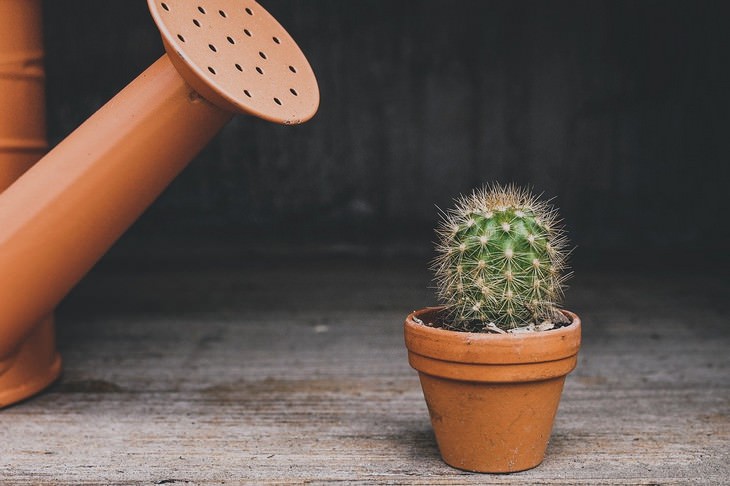
8. Pansy:
The Pansy plant is a member of the violet family that exhibits three colors. It is originally from Europe and thrives in cool weather, with its flowering season peaking during autumn and winter. Its attractive petals make it an ideal ornament for decorating various urban spaces, and it is often sold in small pots for home use. For optimal growth, the plant requires full to partial exposure to the sun and a consistent watering schedule of 2.5 cm of water per week. As long as it is not exposed to extreme wet conditions, the plant can survive in almost any environment if grown according to the correct instructions. Additionally, the pansy is an allergy-friendly plant because its pollen has a sticky coating that prevents it from dispersing in the air via wind.

